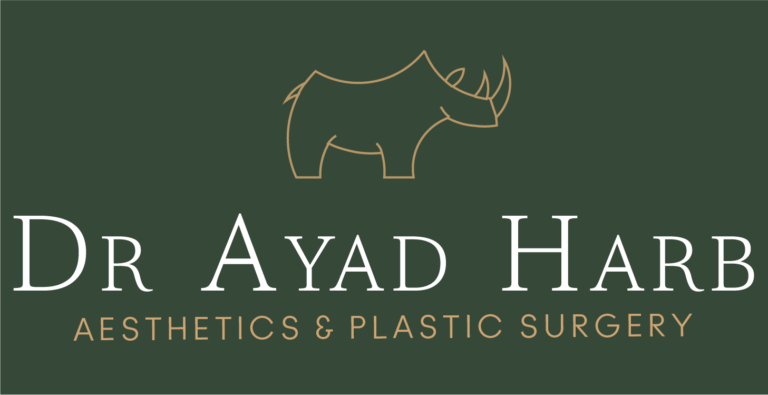Scars can be a visible reminder of previous surgery or trauma
What is a scar?
A scar is a mark that is left in the skin following an injury. Scars result from the production of collagen, which is the body’s natural response to an injury as it attempts to heal a wound and protect from infection.
Why are some scars more obvious?
Scars are the unavoidable results of injury or surgery, and their development can be unpredictable. Poor healing may contribute to scars that are obvious, unsightly or disfiguring. Even a wound that heals well can result in a scar that affects your appearance. Scars may be noticeable due to their size, shape or location; they can also be raised or depressed, and may differ in color or texture from the surrounding healthy tissue.
Types of scar
Discoloration or surface irregularities and other more subtle scars can be cosmetically improved by surgery or other nonsurgical treatments, such as Morpheus-8, dermal fillers and chemical peels. These types of scars do not impair function or cause physical discomfort and include acne scars as well as scars resulting from minor injury and prior surgical incisions.
Hypertropic scars are thickened and stretched scars that develop directly at a wound site. They are often raised, red and/or uncomfortable and may become wider over time. They can be hyperpigmented (darker in colour) or hypopigmented (lighter in colour).
Keloids are larger than hypertropic scars, usually firm, lumpy and overgrown beyond the site of the original scar. They can be painful or itchy, and may also pucker. Keloids can occur anywhere on your body, but they develop more commonly where there is little underlying fatty tissue, such as on the face, neck, ears, chest or shoulders.
Contractures are scars that restrict movement due to skin and underlying tissue that pull together during healing. They can occur when there is a large amount of tissue loss, such as after a burn. Contractures also can form where a wound crosses a joint, restricting movement of the fingers, elbows, knees or neck.
The type of scar you have will determine the appropriate techniques your plastic surgeon will use to improve your scar.
Scar treatments
Your treatment options may vary based on the type and degree of scarring and can include:
- Simple topical treatments such as ointments, Silicone strips and massage techniques can help to reduce the firm or lumpy appearance of a scar in the early stages.
- Minimally invasive procedures such as steroid injections, Morpheus-8, subcision, dermal fillers and chemical peels can help to reduce the prominence of scars, release tethering and improve their texture and colour.
- Surgical revision with advanced techniques in wound closure will attempt to minimise a scar so that it is less conspicuous and blends in with the surrounding skin tone and texture.
Although scar revision can provide a more pleasing cosmetic result or improve a scar that has healed poorly, a scar cannot be completely erased.
The practice of medicine and surgery is not an exact science. Although good results are expected, there are no guarantees; and in some situations, it may not be possible to achieve optimal results with a single surgical procedure and another surgery may be necessary.
